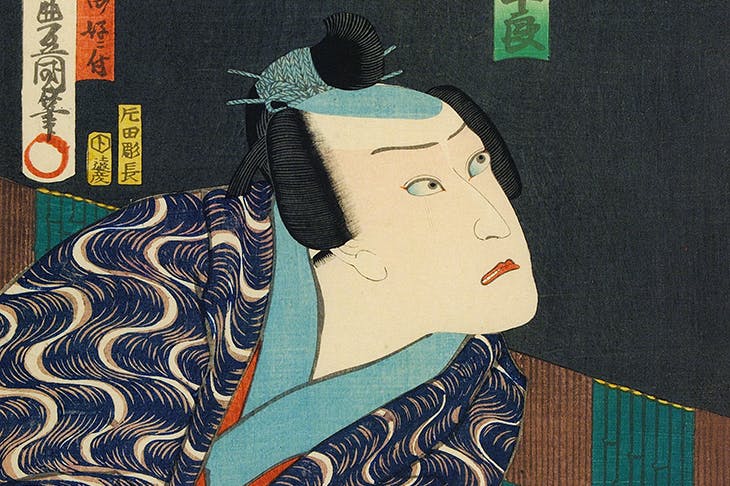From the February 2022 issue of Apollo. Preview and subscribe here.
About 400 years ago, the first sparks of a new art-form could have been seen just five
minutes’ walk from where I now sit writing in Kyoto. The date was almost certainly 1603,
though it is not clearly recorded. It was probably a blazing summer evening. That year had
seen the founding of a shogunate, Japan’s third, under the powerful warlord Tokugawa
Ieyasu. With it came the promise of stable peace after a truly monstrous 130 years of civil
war, which had devastated the whole country. Indeed, there no longer was a country – this
era of the sengoku, or Warring States, had lasted more or less from 1470–1600. The shogun
was now building a massive bridge – the Bridge of Japan, or Nihon-bashi – at his castle seat
of Edo, symbolising reconnection and the return of authority. Edo is now of course Tokyo,
one of the world’s greatest cities, but at the time, these were the Eastern marches. The
capital, Miyako (now Kyoto), lay 300 miles to the West.
Read the full article on Apollo Magazine.


Comments